Lockheed Martin has revealed a new collaborative combat aircraft (CCA) concept, the Vectis, which the company says is designed to deliver stealth, range and mission flexibility at a price point suitable for mass production.
Unveiled by Skunk Works at the Air Force Association’s conference in National Harbor, Maryland, the Vectis is pitched as a Group 5 uncrewed system that can carry out strike, surveillance, electronic warfare and escort roles.
The aircraft is intended to fly alongside crewed fighters such as the F-35, integrating into what the US Air Force calls its “family of systems” for next-generation air dominance.
Lockheed executives say the project draws on decades of work in stealth shaping, advanced fighter development and open-architecture software. OJ Sanchez, head of Skunk Works, described it as “a new paradigm for air power based on a highly capable, customizable and affordable agile drone framework.”
While many details remain undisclosed, Lockheed stressed survivability as a key feature. The Vectis is expected to use stealth shaping and materials developed on previous aircraft programmes to operate in heavily contested environments. The company claims the design will offer ranges compatible with Indo-Pacific and European theatres.
Development is already under way, with parts ordered and teams assembling test articles. Skunk Works says it aims to design, build and fly the system within two years – an ambitious schedule compared with typical defence programmes.
The launch comes as the US Air Force, Navy and Marine Corps continue to refine their requirements for CCA fleets that can augment fighters, bombers and surveillance aircraft in future conflicts. By putting forward Vectis now, Lockheed is signalling it intends to compete for a share of what could become one of the largest combat aircraft procurements of the coming decades.


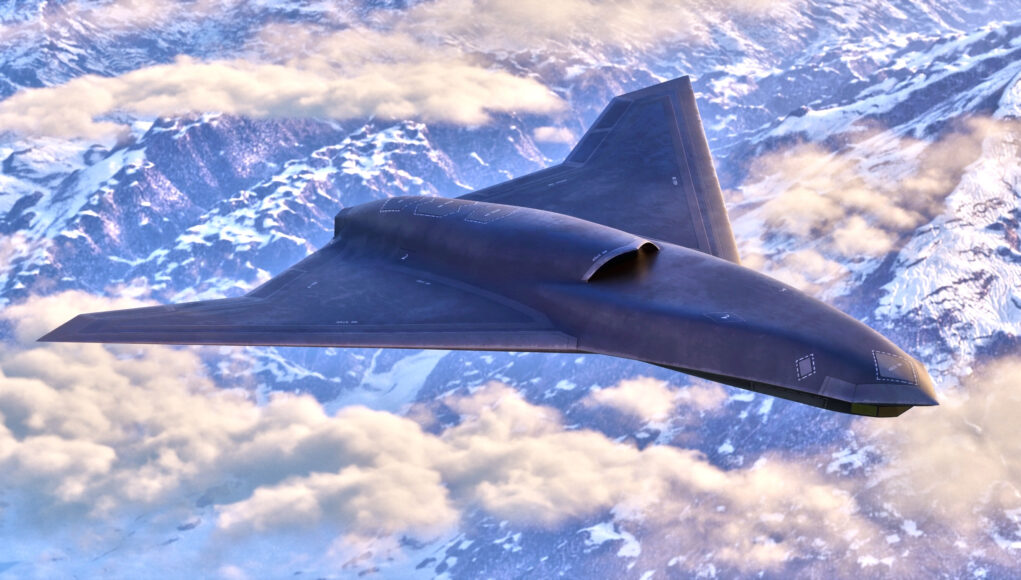
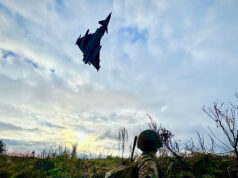
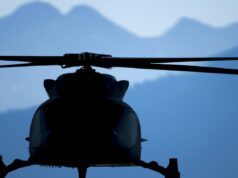


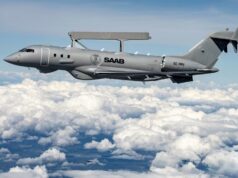
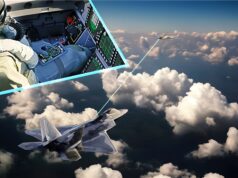
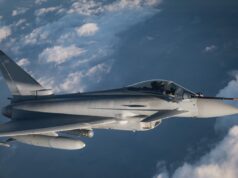
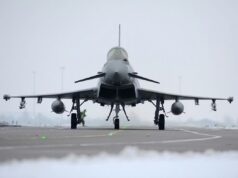
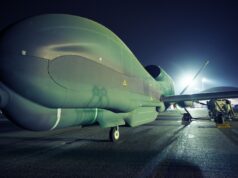


This is the CCA that Lockheed lost on because the air force wants something cheap and expendable but Lockheed doesn’t understand the word cheap so instead it’s pitching a Drone at manned aircraft prices.
Lockheed does highlight the stupidity of the CCA concept. If you fly lots of cheap drones around expensive manned aircraft then all you do is give away the position of your expensive manned aircraft.
Once you make drones as survivable as their manned counterparts they tend to cost just as much.
You raise a very good point Jim.
A collaborative drone capable of keeping up with F35/Tempest/F47 etc, that has credible AA/AG capability, able to act independently and carry out complex missions on its own, will need expensive onboard sensors, extremely complex AI and robust all aspect stealth.
That package is most certainly not cheap, if they are purchased in quantity, it will help counter the potentially high unit price, but even then, they will likey struggle to keep them below 40 million per copy.
I suppose essentially your cheaper more observable drones would need to be some distance from your expensive stealthy fighter… which would not make them a loyal wingman..but essentially a separate cheap attack drone.
Thinking about it you almost need 2 drones.. the ultra expensive loyal wingman that is essentially stapled and close your stealthy manned platform at say a 2 to 1 ratio with the manned platform and then a mass of cheaper attrition drones that work at distances from your manned aircraft.
Yes, this seems to be the point, drones certainly have their uses but by tying drones together with manned fighters you may get the worst of both worlds.
However airforces who are entirely run by former fast jet pilots are unlikely to believe in a force that does not include fast jet pilots.
The F35 was always supposed to be followed on by unmanned platforms and it was just Kratos coming out with its bare faced lie of a $2 million loyal wing man that seemed to get the USAF excited that it could keep the manned jets and have cheap drones.
We seen much the same in the last century with Horse mounted infantry.
I wish them the best of luck selling these exclusively to the USA. Nobody else has any appetite for US hardware.
And it’ll cost as much or more than an F-35 and be crammed with stuff only they could replace and fix and that would all have enormous cost per item.